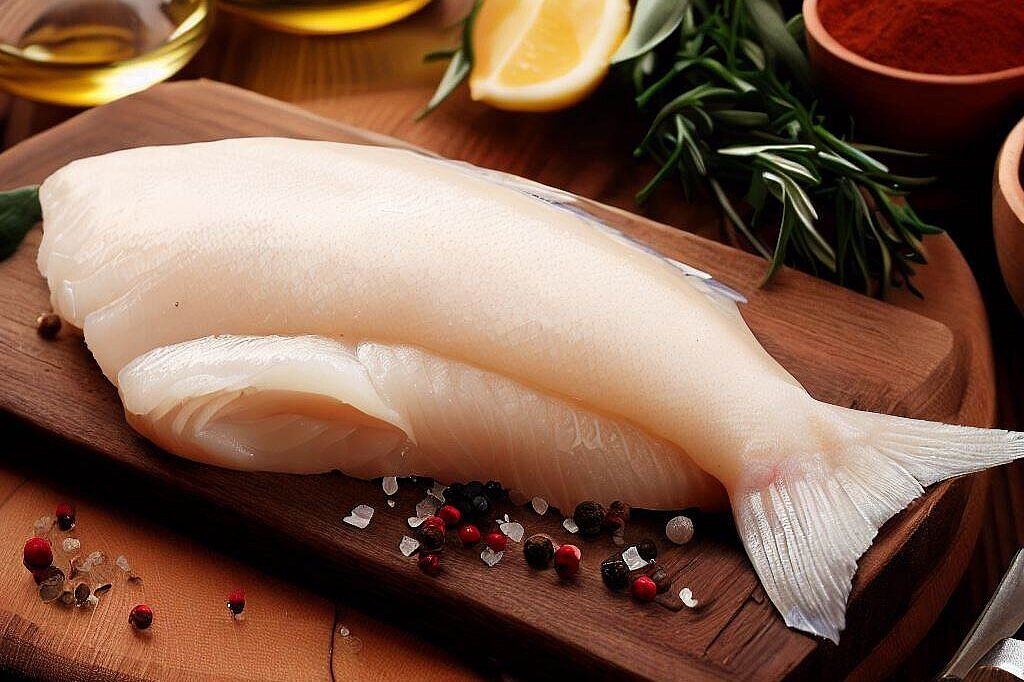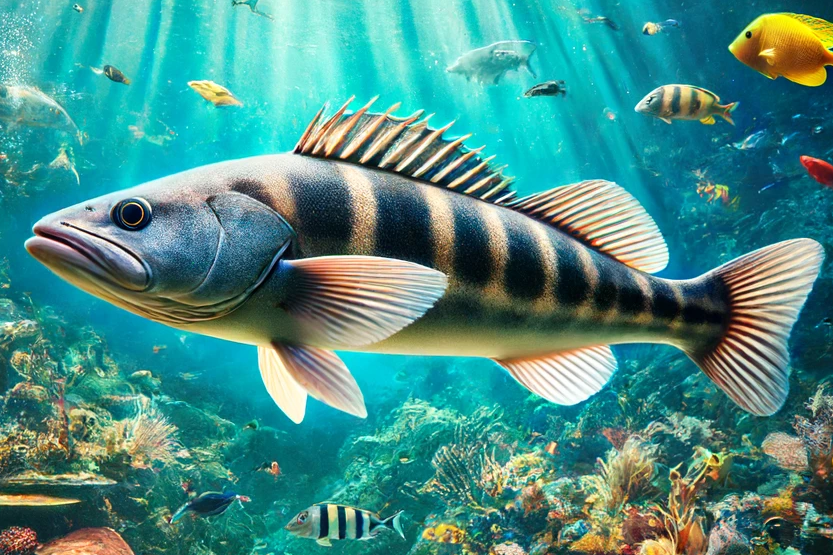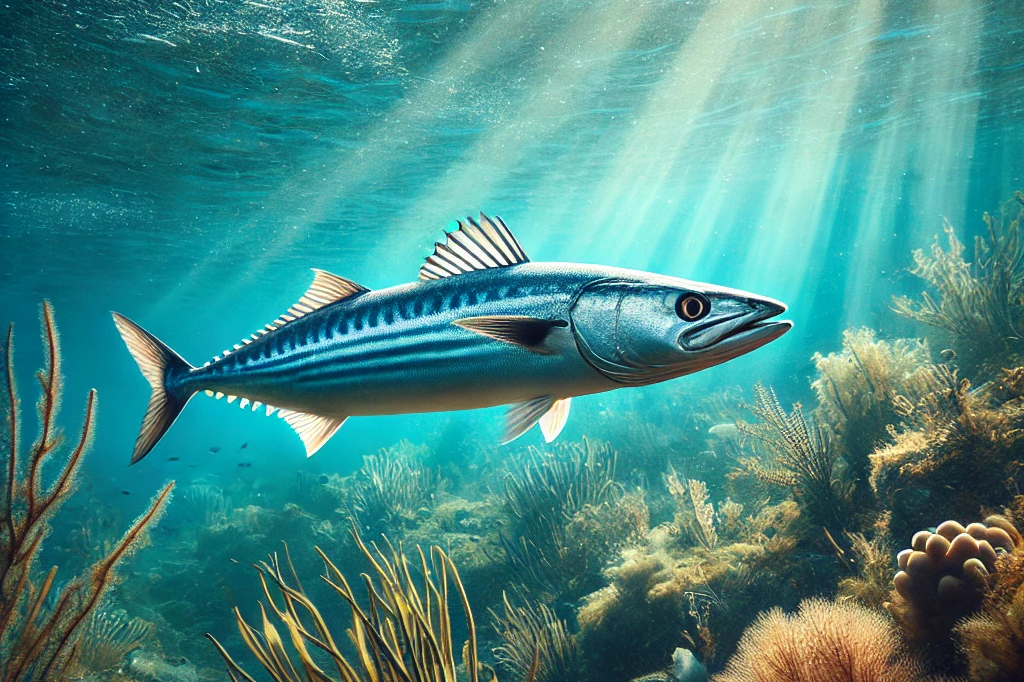Charcoal burner

What is coalfish?
Pollock (Pollachius virens) is a saltwater fish found in the northern seas and is characterized by its firm, white flesh and mild taste. It is not only popular with humans as a nutritious and tasty ingredient, but can also be a healthy addition to a dog's diet.
Benefits of coalfish for dogs
Rich in protein and omega-3 fatty acids
Coalfish is an excellent source of high-quality protein, which is essential for building and maintaining muscle tissue in dogs. It is also rich in omega-3 fatty acids, which can contribute to healthy skin and coat, reduce inflammation and support cognitive function.
Vitamins and minerals
This fish provides a variety of vitamins (such as vitamin D and B vitamins) and minerals (such as selenium and phosphorus) that play important roles in a dog's diet, from supporting the immune system to promoting bone health.
Risks and disadvantages
Heavy metal contamination
Like many marine fish, coalfish can contain heavy metals such as mercury, albeit at lower levels than some other fish species. Regular but moderate feeding is recommended to minimize the risk of heavy metal exposure.
Preparation instructions
Fresh coalfish should always be fully cooked before feeding to dogs to eliminate the risk of parasites and bacteria. Raw fish can be dangerous for dogs and should be avoided.
Allergy risk
Although fish allergies are less common in dogs than other food allergies, there is still a risk of an allergic reaction. Watch your dog carefully when feeding it charcoal fish for the first time.
Feeding recommendations for coalfish
To get the benefits of coalfish without jeopardizing your dog's health, follow these guidelines:
- Moderation: charcoal fish should only be fed in moderation, as part of a balanced diet.
- Correct preparation: Make sure the fish is well cooked and free of bones before giving it to your dog.
- Observation: Watch for signs of intolerance or allergic reactions after eating coalfish.
Enjoy a delicious plus with care
Coalfish can be a nutritious and tasty addition to your dog's diet, offering numerous health benefits. However, as with any supplement to your dog's diet, caution is advised. By following proper preparation and feeding recommendations, you can minimize the risks and safely offer your dog the benefits of this tasty fish.
If you notice any signs of hypersensitivity or poisoning in your dog, you should see your vet immediately. We are not a substitute for a vet, but we try to be as accurate as possible. Every dog reacts differently and we recommend you get a second opinion or consult your vet if in doubt.
Stay healthy and take good care of your four-legged friend!😊
Similar to Charcoal burner
Cod is a collective term for various species of fish from the cod family. The best-known representatives are cod, haddock and saithe. Cod live in cold and temperate seas and feed mainly on smaller...
Cod isa marine fish from the cod family that is found in the North Atlantic, the Arctic Ocean and the Baltic Sea. It has tender, firm meat that can be easily divided into flakes. Cod is a predatory...
Haddock, a close relative of cod, is a popular edible fish found in the cold waters of the North Atlantic. It is characterized by its white, lean meat, which has a mild, slightly sweet taste....
Hake belong to a family of fish species found in the colder waters of the Atlantic and Pacific Oceans. They are known for their elongated body and firm, white flesh, which makes them a popular...



